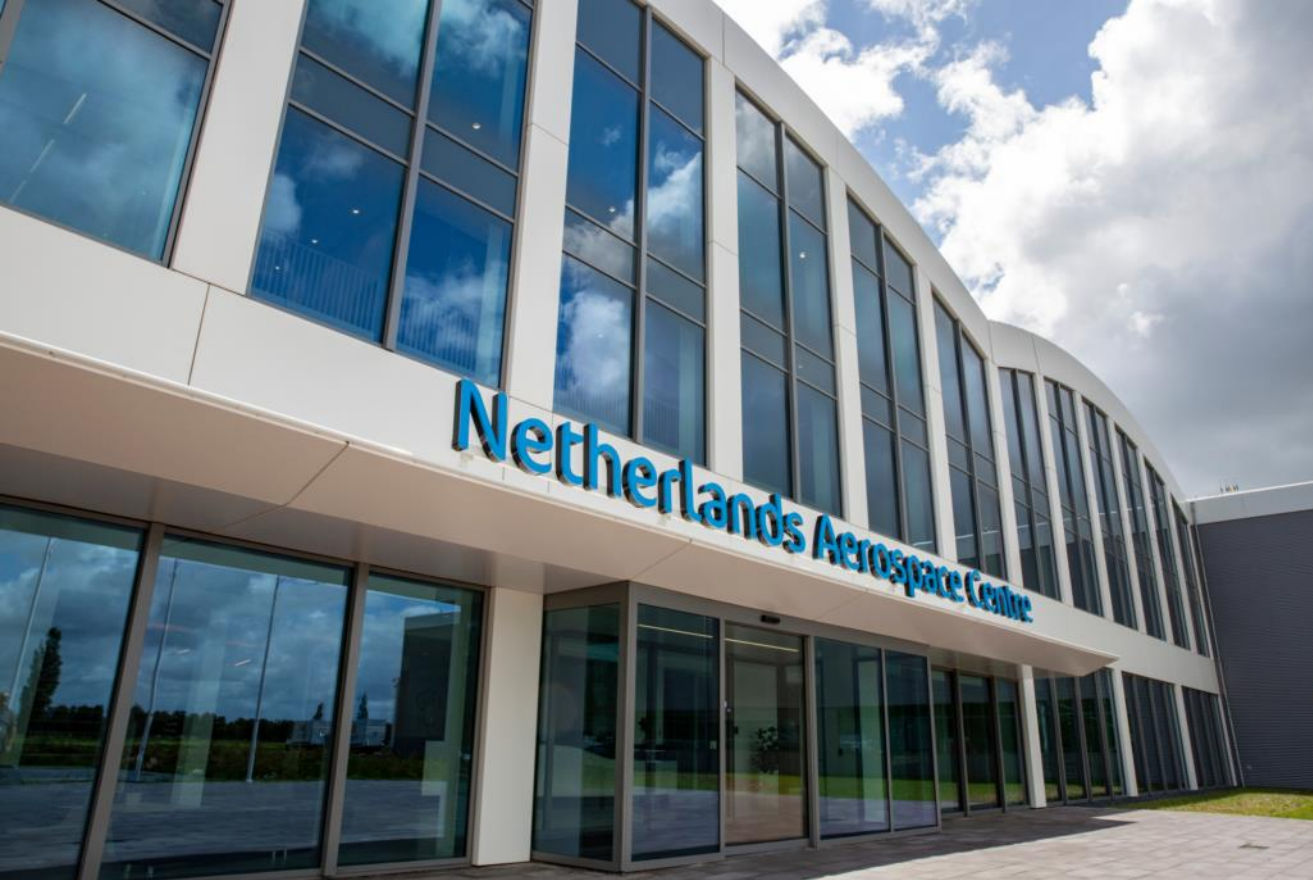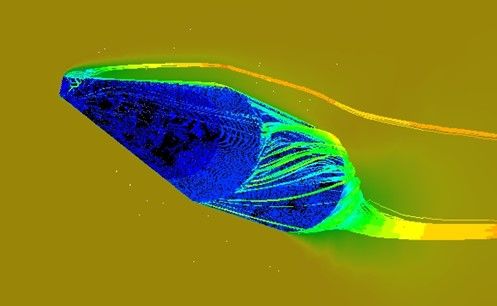Internship NLR
Unlike conventional ground-launch rockets, air-launch rockets offer a flexible (in terms of launch times), widely accessible, and cost-effective option for launching spacecraft (satellites) to low Earth orbit. However, available space (volume) for spacecraft is significantly lower as air-launched rockets are considerably smaller than ground-launched rockets. To efficiently use this space, a design integrating the satellite in the air-launched rocket’s nosecone was proposed in a previous study by NLR [1]. While this can be implemented, spacecraft structures for different missions vary in size which could lead to the need to create unique interfaces between the satellite’s payload and its platform (connecting it to the rocket’s structure). To save systems integration time and resources, this project focuses on the design of a possible standardized interface between the variable-size satellite payload and a fixed-size adapter in an integrated nosecone concept, including how to ensure their reliability in a space environment. For this task, satellite system architecture is defined, and connection mechanisms used in space applications are investigated. A draft design of the interface is made. The design is then verified through an aerodynamic stability criterion (distance between centre of gravity and centre of pressure) and modal analysis using the finite element method software Abaqus. The results show that the design can be aerodynamically stable according to the requirement set by the customer (NLR) with the inclusion of a recovery system in the nose cone with a mass of about 10 kg. The finite element analysis shows the design is susceptible to resonance at low frequencies in the order of 10−1 Hz.

NLR Building. Source: https://www.nlr.nl/nieuws/statutaire-naamswijziging-nlr/


























Comments
Log in to read and post comments